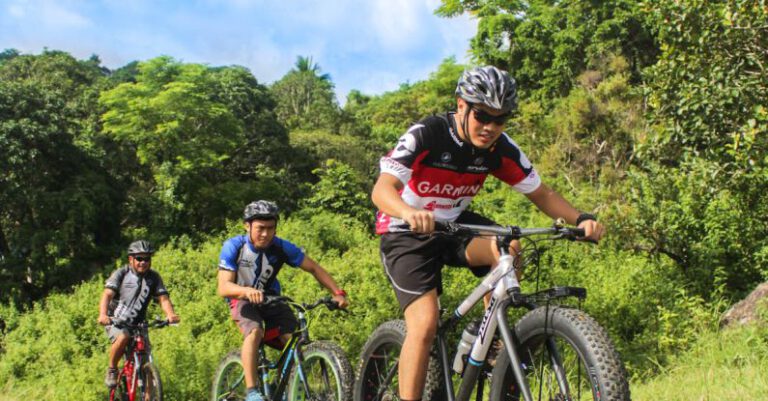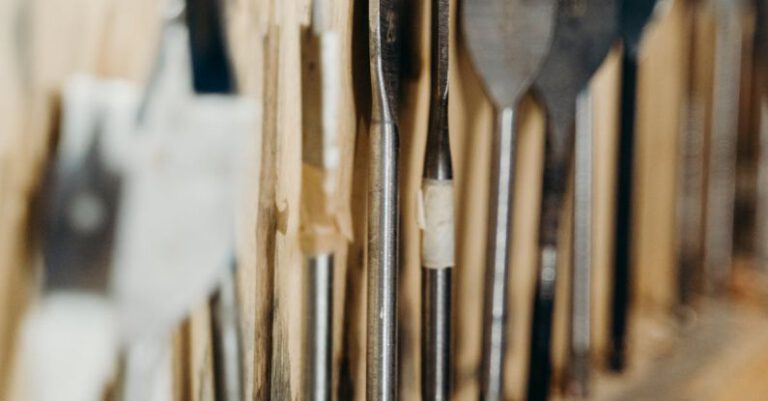
Cycling is not just about pedaling; it’s about technique, form, and efficiency. Whether you’re a beginner or a seasoned cyclist, improving your overall cycling technique can enhance your performance, prevent injuries, and make your rides more enjoyable. By focusing on key aspects such as posture, pedal stroke, and gear selection, you can become a smoother, more efficient rider. In this article, we will delve into some essential tips to help you elevate your cycling game.
Perfect Your Posture
Maintaining the correct posture is crucial for optimizing your cycling performance. Start by ensuring that your bike is properly fitted to your body measurements. Your saddle height, handlebar position, and reach should all be adjusted to prevent strain on your back, shoulders, and arms. When riding, keep your back straight, shoulders relaxed, and elbows slightly bent. Engage your core muscles to stabilize your body and support your lower back. Proper posture not only improves your aerodynamics but also reduces the risk of fatigue and discomfort during long rides.
Master Your Pedal Stroke
Efficient pedaling technique is the cornerstone of a successful cyclist. Instead of simply mashing the pedals, focus on making smooth, circular motions with your feet. Aim to pedal in a fluid motion, applying pressure evenly throughout the entire rotation. This not only maximizes power output but also minimizes stress on your joints. Practice pedaling at a high cadence to develop a more efficient pedal stroke. Remember to pull up as well as push down on the pedals to engage different muscle groups and achieve a more balanced effort. By mastering your pedal stroke, you can increase your speed, climb hills more effectively, and reduce the risk of overuse injuries.
Gear Up Wisely
Choosing the right gear for the terrain and conditions can significantly impact your cycling performance. Shift gears proactively to maintain a consistent cadence and prevent unnecessary strain on your muscles. When climbing, shift to a lower gear to maintain your cadence and prevent fatigue. On flat roads or descents, shift to a higher gear to maximize your speed and efficiency. Anticipate changes in terrain and adjust your gear accordingly to maintain momentum and control. Experiment with different gear ratios to find the optimal setup for your riding style and fitness level. By gearing up wisely, you can ride more comfortably and efficiently in various riding conditions.
Focus on Breathing
Proper breathing technique is often overlooked but essential for enhancing your cycling performance. Focus on breathing deeply and rhythmically to supply oxygen to your muscles and improve endurance. Inhale deeply through your nose and exhale fully through your mouth, coordinating your breath with your pedal strokes. Avoid shallow breathing or holding your breath, as this can lead to fatigue and decreased performance. Practice diaphragmatic breathing to expand your lung capacity and improve oxygen uptake. By focusing on your breath, you can ride more efficiently, reduce stress, and stay mentally focused during your rides.
Enhance Your Handling Skills
Mastering bike handling skills is crucial for navigating obstacles, cornering smoothly, and staying safe on the road. Practice riding in a straight line, making smooth turns, and braking effectively to improve your control and confidence on the bike. Experiment with different riding positions, such as riding out of the saddle or tucking into an aero position, to adapt to changing terrain and conditions. Look ahead and anticipate potential hazards to react promptly and avoid accidents. By honing your handling skills, you can become a more versatile and competent cyclist, ready to tackle any road or trail with confidence.
Fine-Tune Your Nutrition and Hydration
Optimizing your nutrition and hydration is essential for sustaining energy levels, preventing cramps, and promoting recovery. Stay hydrated by drinking water regularly before, during, and after your rides. Consider electrolyte-replenishing drinks for longer or more intense rides to maintain proper fluid balance. Fuel your body with a balance of carbohydrates, proteins, and healthy fats to support your energy needs and muscle recovery. Experiment with different pre-ride meals and snacks to find what works best for you in terms of sustained energy and digestive comfort. By fine-tuning your nutrition and hydration strategy, you can enhance your performance, endurance, and overall well-being as a cyclist.
Elevate Your Cycling Experience
Cycling is not just a physical activity; it’s a mindful practice that can bring joy, freedom, and a sense of accomplishment. By focusing on improving your overall cycling technique, you can elevate your riding experience to new heights. Embrace the journey of self-improvement, set realistic goals, and celebrate your progress along the way. Remember that every ride is an opportunity to learn, grow, and connect with the world around you. By incorporating these tips into your cycling routine and staying open to continuous improvement, you can become a more skilled, confident, and fulfilled cyclist. So, saddle up, hit the road, and enjoy the ride to becoming the best cyclist you can be.





